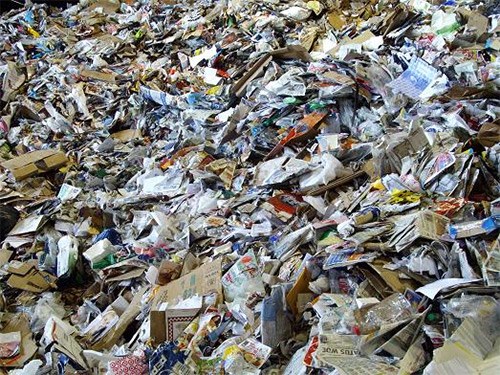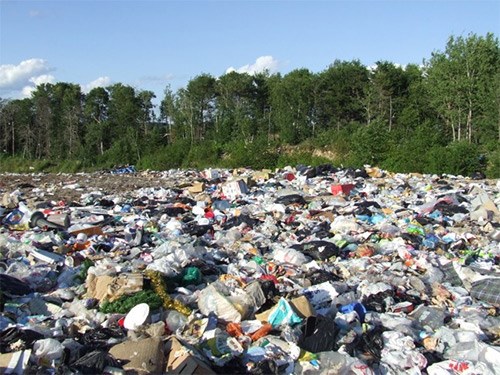Sustainable Packaging Solutions Based On Biodegradable Polymers
- Plastic based flexible packaging technologies for the food industry have helped to reduce food waste by preserving freshness of the commodity. However, the end of use disposal of these materials is a growing concern.
- Over 90% of the flexible packaging waste generated in the US ends up in landfills. Due to the environmental persistence of these materials they are expected to remain without significant decomposition for several decades. Thus, there is an imminent need to move towards packaging materials incorporating polymers that are biodegradable.
- Currently biodegradable plastics demonstrate poor barrier properties. The barrier properties of biodegradable plastics can be improved by the incorporation of functional coatings.
- Metallization of the biodegradable plastic with a thin aluminum coating can improve the barrier properties; however studies have shown that aluminum coatings have leaching and contamination problems when used directly for food packaging. Multilayer or laminates are needed thereby increasing costs of the process.
- This research initiative utilizes biobased and biodegradable chemical coatings to improve the barrier properties of biodegradable polymers to improve their suitability for packaging applications.


